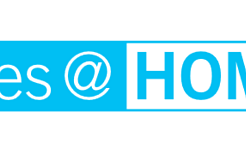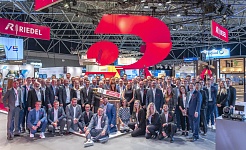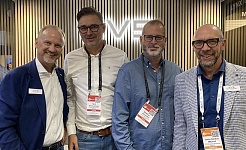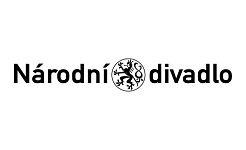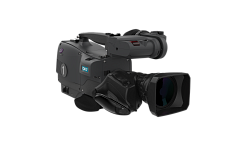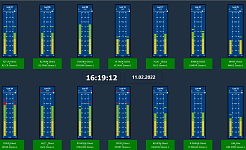the next breakthrough in display technology. Over the years, we've witnessed the shift from black-and-white to color, from SD to HD, the failed introduction of consumer 3D for the home and now we are seeing simultaneous interest in both 4K UHD and HDR. Content producers are embracing both technologies, while early adopter consumers are investing in new displays that can support the latest formats.
Consumers have long judged video content by the visible quality of the image on the screen, and are always pursuing the next breakthrough in display technology. Over the years, we've witnessed the shift from black-and-white to color, from SD to HD, the failed introduction of consumer 3D for the home and now we are seeing simultaneous interest in both 4K UHD and HDR. Content producers are embracing both technologies, while early adopter consumers are investing in new displays that can support the latest formats.
Initial reactions to 4K UHD and HDR content indicate that consumers are impressed with the noticeable difference they see in HDR programming as the colors pop and details stand out in a wider variety of scenes. 4K UHD increases the number of pixels, resulting in a larger field of view for long shots or increased detail in close-ups. Because HDR works by improving the quality of the pixels, the impact is readily discernible to the human eye. HDR is generally recognized as the next big thing in content delivery with an immediate perceivable benefit for the consumer. The ability to produce HDR content in HD removes the significant bandwidth requirements needed for HDR in 4K UHD and can be more quickly deployed.
What is HDR?
4K UHD seems to have captured more headlines recently, and is indeed a significant advancement for content delivery, but HDR is winning over consumers today because of its ability to deliver visibly wider range of highlights and shadows as well as more realistic color and detail. Thanks to its contrast ratio, which is much closer to the conditions found in real life, HDR allows image reproduction that is much closer to reality. Furthermore, HDR also allows more dependable results under difficult shooting conditions — such as irregular lighting or partial shade — found at many outside broadcast productions. An additional advantage of HDR is that it is fully format independent, and does not need any specialized viewing conditions (such as the minimum screen size and proper viewing distances required for 4K UHD) to show its advantages.
Embracing HDR
For broadcasters and content creators, embracing an HDR workflow process raises a number of questions and poses some challenges. Most notable is the need for a parallel SDR/HDR production workflow, one where the signal can be adapted with up/down mapping as required to mix and match incoming content formats and output signals without sacrificing any quality. For example, operators may need to integrate existing SDR content into new HDR productions, or may need to send HDR content to SDR multiviewing screens in the studio. In either case, the producer's intent for each individual signal must be maintained.
Grass Valley, a Belden Brand, offers a portfolio of HDR-enabled solutions that includes cameras, switcher frames, servers, routers, up/ down mapping cards and multiviewers. With these devices, broadcasters are able to produce native 10-bit HDR in either HD or 4K UHD and deliver that content in HDR and SDR simultaneously, as necessary, thanks to the high-quality conversion that can be done with a down mapping process. Additionally, these solutions provide native support for both of today's worldwide standards: Hybrid-Log Gamma (HLG) and Perceptual Quantization (PQ).
Request the full whitepaper to continue reading about:
- Workflows
- Static Conversions and Dynamic Conversion
- Conclusions
By: Chris Merrill, Product Marketing and Klaus Weber, Principal, Camera Solutions and Technology

 OBVAN
OBVAN  DSNG
DSNG  STUDIOS
STUDIOS  MCR
MCR  AUDIO ROOM
AUDIO ROOM  AND MORE....
AND MORE....